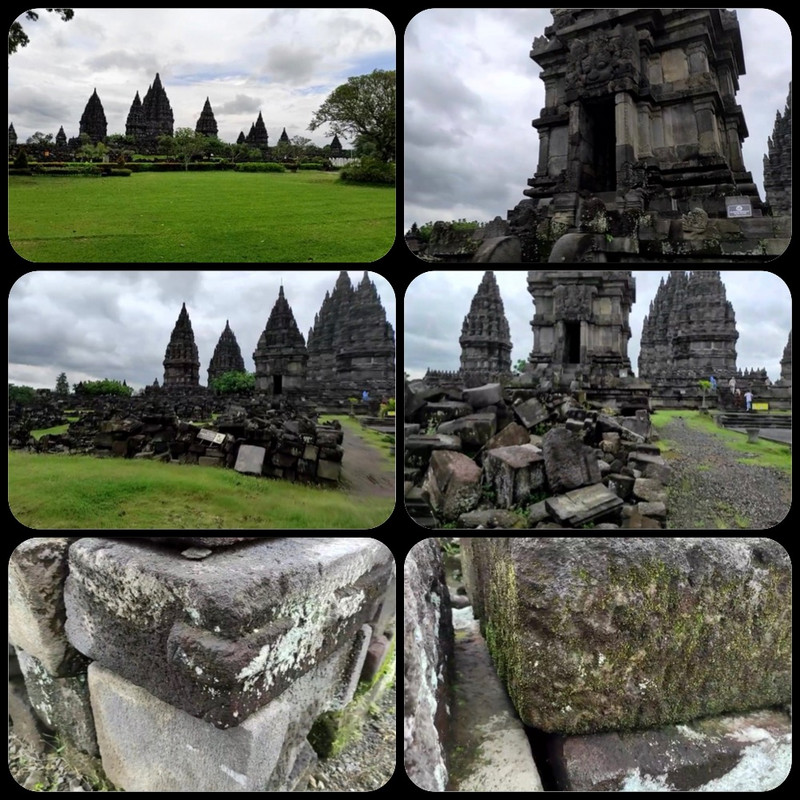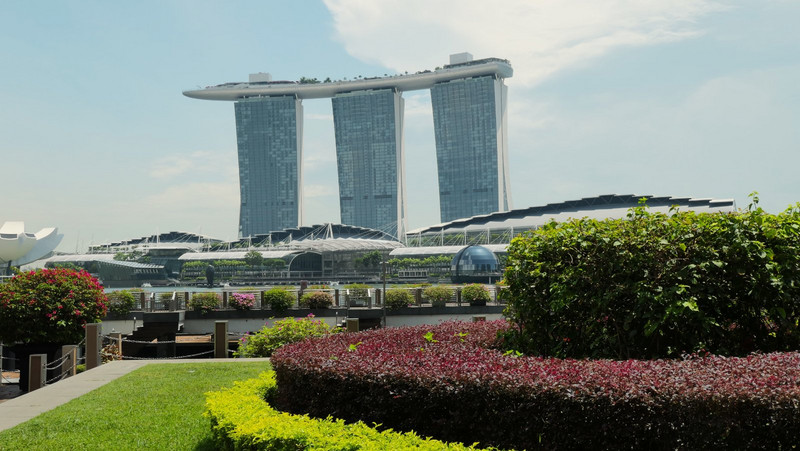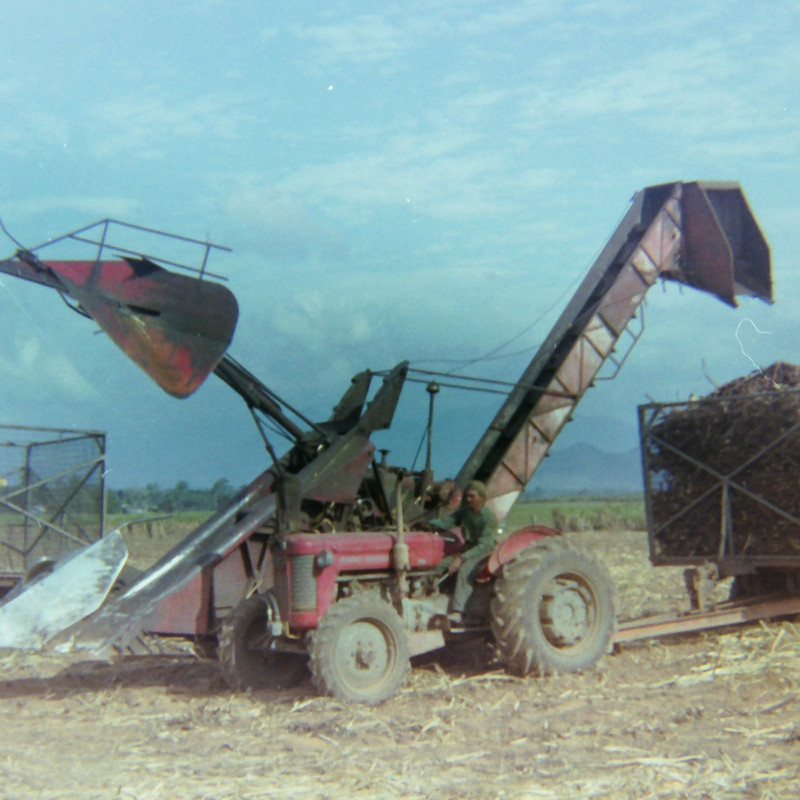Our guide Gagat was a delightful gentleman as we entered the Temple Compound he explained in great detail the history of the temple and was able to get up close to exam the details of the structures & the stone relief work.
Due to the narrow and small interiors these were currently roped off as it would be impossible to social distance inside.
Prambanan is the biggest Hindu temple in Indonesia as well as one of the most beautiful temples in Southeast Asia. According an inscription the temple was constructed during the mid ninth century but the center of the government was moved to East Java by the end of the tenth century.
As a result, this epic temple was abandoned and left unattended; some parts of the temple were later buried by the volcanic materials spewed by Merapi Volcano.
Prambanan then slowly became a dense forest, 100s of years later, the ruins of the temple were discovered. No one knew its history at that time. As a result, the Legend of Roro Jonggrang was born and then passed
In 1811, the British administration rediscovered the two temples by chance, but its not until 1930 that a restoration initiative started, a process that is still not even until now.
There are around 240 major and minor temples within the Prambanan only 18 of that total amount are successfully restored, while the others remain scattered as piles of stones.
Three of the 8 main temples are called the Trimurti (three forms). These three temples are dedicated to the three most important deities in Hindu: Brahma the Creator, Vishnu the Preserver and Shiva the Destroyer.
One thing about these virtual tours is their diversity, railway stations, ancient ruins or trekking the Scottish Highlands my virtual passport will soon need more pages.









